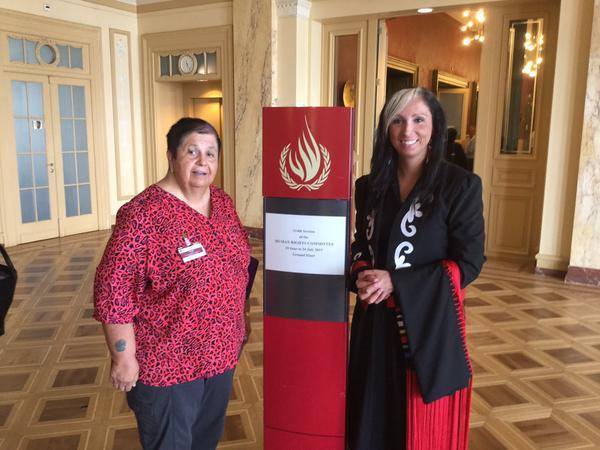(Pam Palmater, photo by Ben Powless) As expected, the Assembly of First Nations was first out of the gate offering glowing praise for this Liberal government’s federal budget, followed shortly thereafter by the Metis National Council and…
Continue reading…about Federal Budget 2019: Indigenous Women and Children Left Behind – Again

